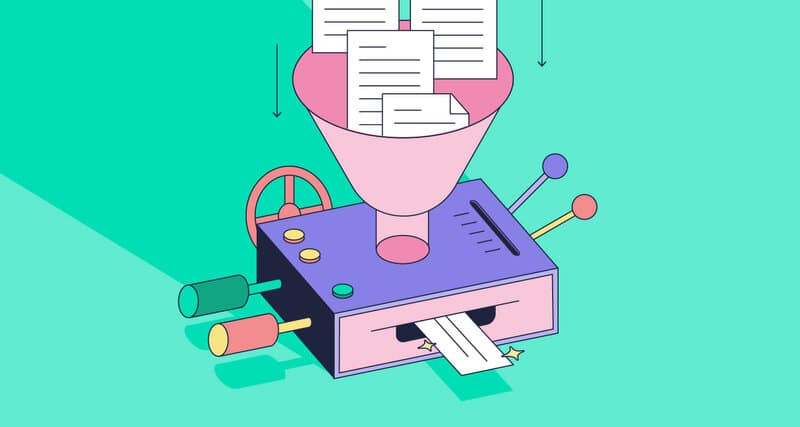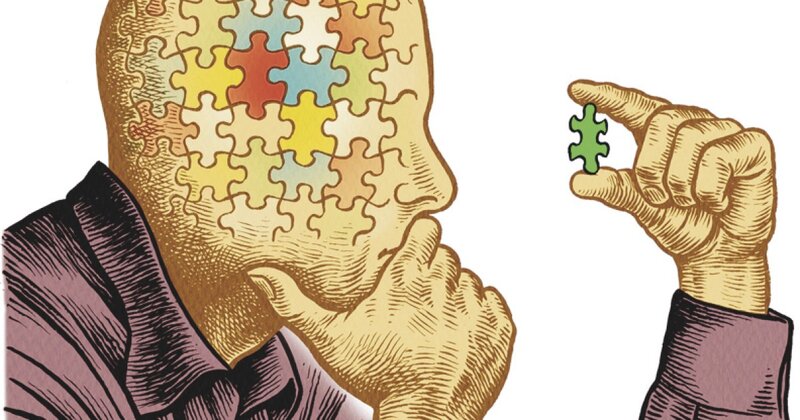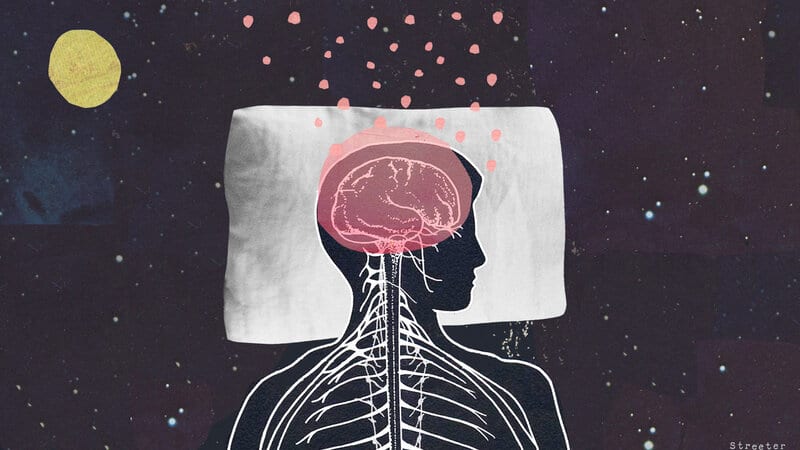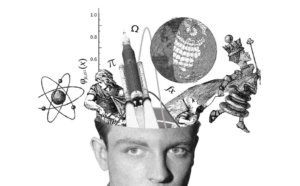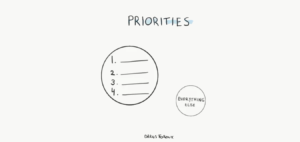Can we remember everything we read? Or how much is left of anything we’ve worked for for hours? If you also have difficulty in permanence of what you have learned, effective learning techniques will make your work easier.
Listed below are the 10 most effective learning techniques. You can start experimenting with the technique closest to you!
1) Self-Explanation of New Information Technique
New information becomes more permanent when associated with existing information. The person explains the area where the new knowledge will be used by reasoning and makes the learning permanent. In addition, the ability of the person to transfer information and the ability to make connections between events develop with this technique. The self-explanatory technique can be used by anyone.
2) Detailed Inquiry Technique
When you question each new information you learn in detail, you will make connections between the information much more easily. A simple “why?” The question will lead you to the result and help you remember your stops on the way to the result. Thus, when you question every information, you will also search for its accuracy and its meaning for you. This will increase your analytical thinking power and make you feel like you are constantly learning.
3) Technique of Highlighting Information (Underline)
The underlining technique is among the learning techniques that almost everyone uses while studying. But is it really that effective?
Studies show that the more emphasized places in the text, the more information will not be processed. In fact, the technique described here emphasizes the most important and catchy succinct. As a matter of fact, this means: Highlighters will be used sparingly!
4) Summary Extraction Technique
Of course, it is very difficult to absorb all of the subject you want to learn as a whole. But if you turn a topic from a big chunk of information into meaningful short information, what you learn is much more likely to be permanent. So read, understand, summarize the important parts. The summaries you make with understanding will now be an addition to your knowledge.
5) Technique of Using Keywords as Reminders
If you want to make new knowledge permanent, you should not neglect to make use of mental imagery. The information you match with another phrase in your mind to be catchy will be more permanent for you. In this way, that keyword image allows you to recall information and makes it easier for you to learn.
Especially when learning a new language, you can determine a keyword by associating it with what effect the pronunciation of the word has on you. Thus, the word will become more permanent in your mind.
6) Learning Technique by Creating Mental Schemes
If you are one of those who prefer to follow by reading while working, you are not far from this technique. The visualization of what you read and the filtering of your mind will personalize it now. This means that learned information passes through a filter as only you would. Since the mental schema you create connects the information with each other, the permanence of what you learn increases.
7) Rereading Technique
It is an uneconomical technique in terms of time. But if your time is enough for this learning technique, its efficiency is very high. By re-reading your notes, article or textbook, you can get information in a more conceptually organized way.
8) Measuring Knowledge, Practice Test Technique
If you test yourself right after the information you have learned, you will increase the chance of permanence of the information. Because the information will not only stay at the data entry stage, but will turn into outputs. You can learn more effectively through the interpretations and recalls you make during this process.
9) Intermittent Working Technique I (According to Time and Materials)
Among the learning techniques, the efficiency is among those whose efficiency varies. It is based on the principle that the studies are carried out in different sessions, with different materials. After the intermittent learning sessions, each session is given summary information from the previous session. In this way, learning is reinforced and information becomes permanent.
10) Intermittent Operation Technique II (Depending on Application)
This learning technique is similar to the previous one. However, the intermittent working technique here is an application-oriented method. In some subjects, knowledge alone is not enough and the ability to interpret and apply it is required. As a matter of fact, this technique aims to do just that. Intermittent applications are in the form of blocks and the degree of difficulty is increased.
BONUS: The Effect of Sleep on Learning
All the information you transfer to the memory immediately after learning is in its freshest form. But as time passes, this information becomes dusty and becomes more and more difficult to remember. Even during this time, other information enters your mind and old information fades one by one. Here is the part associated with sleep: The entry of other information into the mind…
Sleeping while the information is still very fresh after the information enters the mind allows immediate processing without interfering with the learned content. In a 2006 study on memory, two different groups were studied. One group falls asleep immediately (within 3 hours) after the information is given. The other group falls asleep 10 hours after receiving the information. According to the results of the study, the group that slept while the information was fresh remembered what they learned 16% more than the group that slept late!
It’s not limited to just that. Regular and healthy sleep improves the working performance of the human mind. Thus, your perception is clear and your mind is hungry for knowledge.




